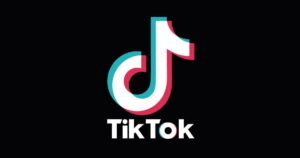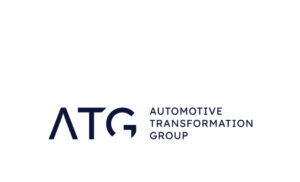LiFi Beam Announce $17M Funding Round to Grow Their Light Fidelity Network Installations

LiFi Beam (Mobile Applied Technologies & Double Viewer Ltd) have today announced the completion of their Series A funding round led by Star Capital.
The round closed at $17M and will take the form of a fixed volume of BEAM token.
Kenneth Yau for LiFi Beam stated that “the funding will allow us to build out the manufacturing capabilities we currently have which will accelerate the completion of our project pipeline and free up assets for delivering new business, in particular our street lighting rollouts for network offload.”.
The street lighting programme is a joint collaboration between LiFi BEAM and regional councils/cities across the world to install LiFi Beam technology in to state owned lighting such as street lights. The idea being that the owners of the street lighting infrastructure (almost always publicly owned) can then monetise this by selling spectrum assets to mobile network providers who have capacity issues. The data received via uplink can also enrich the learning and decision making of the infrastructure owners whilst also supporting emergency service efforts via ultra precise geolocation
LiFi Beam currently work with a number of commercial clients in both the public and private sector to develop, amongst other things, vehicle to vehicle communications, vehicle to infrastructure communications including the world’s first connected motorways, retail sites with advanced customer experience applications and medical site installations including the world’s leading robotic surgery centres.
In addition, LiFi Beam manufacture chipsets and firmware that are being integrated in to device hardware such as the new iPhone and Asus laptops and have developed a router that offers both LiFi and WiFi technology in a single unit, allowing for swapping between the two protocols depending on positioning, device and best speed for use
“LiFi” is shorthand for “Light Fidelity” and sees the Visible Light Spectrum used to transfer data as opposed to radio frequencies (as in WiFi). This allows for speeds of up to 42 Gigabytes per second on a bandwidth that is nearly 400 Thz, some 1000 times greater than that of WiFi.




